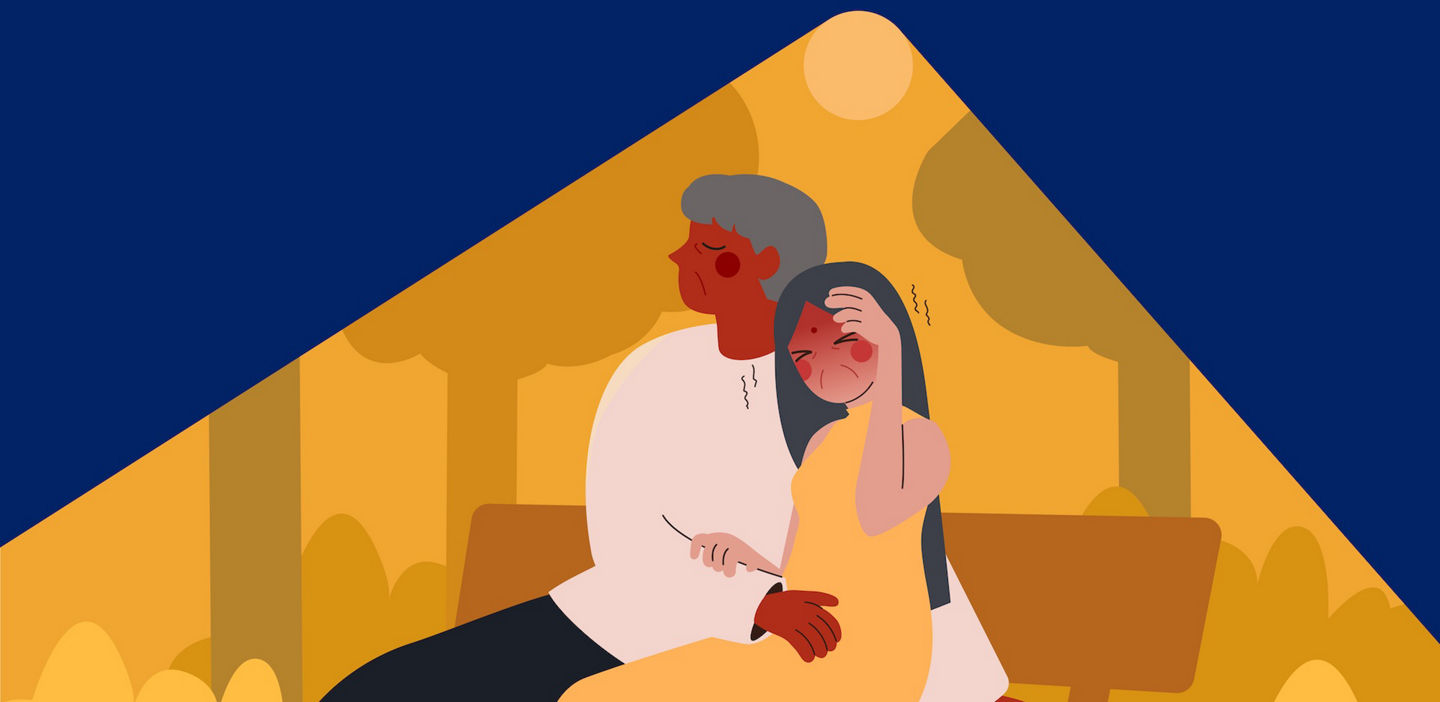As mankind continues its widespread use of antibiotics, antimicrobial resistance will continue to pose a threat to the global healthcare system.
As new antibiotics are developed and used widely around the world, bacteria evolve in parallel, developing resistance and outrunning our ability to treat common infections. Infections caused by antibiotic-resistant bacteria are difficult to treat, killing an estimated 700,000 people a year worldwide.1
The world learned of the dangers of antimicrobial resistance with the rise of hospital-acquired infections, like methicillin-resistant Staphylococcus aureus (MRSA). Today, there are a growing number of infectious diseases developing resistance to common treatments, including certain respiratory tract infections and sexually transmitted infections. Looking ahead, the prevalence of drug-resistant pathogens is expected to rise.
In the absence of a comprehensive effort to combat emerging drug resistance, infections due to multi-drug resistant organisms are predicted to be the leading cause of death worldwide by 2050.1




